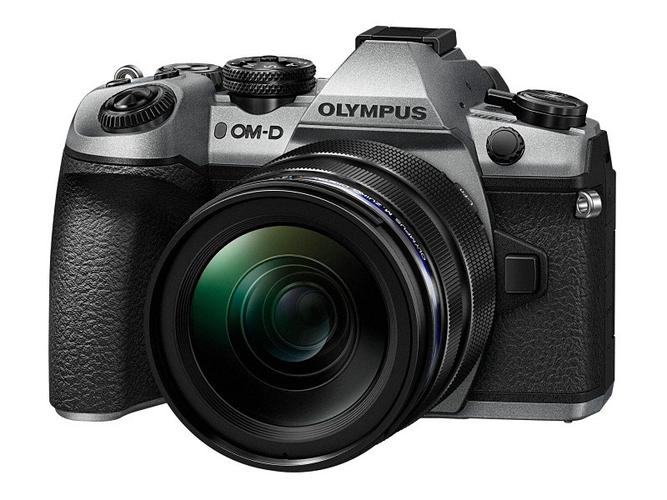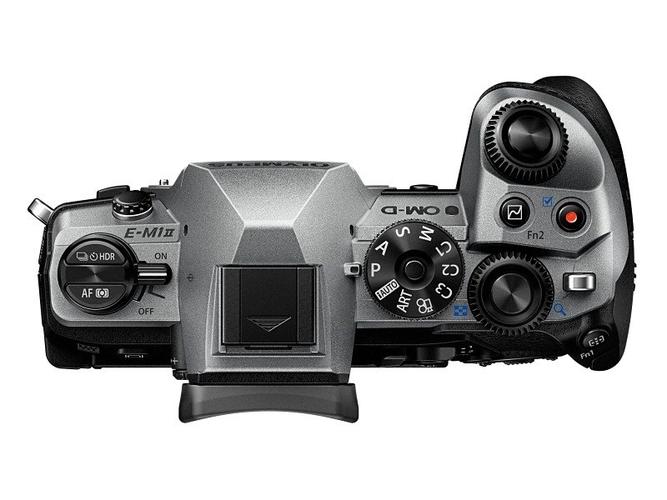Olympus OM-D E-M1 Mark II: A Comprehensive Guide
The Olympus OM-D E-M1 Mark II is a camera that has garnered attention for its impressive features and performance. Whether you’re a professional photographer or an enthusiast, this camera offers a range of capabilities that can help you capture stunning images. Let’s delve into the details of this remarkable camera.
Design and Build Quality
The Olympus OM-D E-M1 Mark II boasts a sleek and compact design, making it a great choice for those who prefer a camera that’s easy to carry around. The camera is constructed with magnesium alloy, which provides durability and resistance to corrosion. The weather-sealed body ensures that it can withstand harsh conditions, making it a reliable companion for outdoor photography.

Measuring 134.1 x 91.0 x 63.7 mm and weighing approximately 507 grams, the E-M1 Mark II is compact yet robust. The camera features a tilting touchscreen LCD, which is a convenient feature for composing shots from various angles. The grip is comfortable to hold, and the overall build quality is impressive.
Image Quality and Performance
One of the standout features of the Olympus OM-D E-M1 Mark II is its image quality. The camera is equipped with a 20.4-megapixel Live MOS sensor, which delivers excellent detail and dynamic range. The sensor is paired with a TruePic VIII image processor, which ensures that images are processed quickly and accurately.
The camera offers a variety of shooting modes, including Aperture Priority, Shutter Priority, Program, Manual, and Auto. This allows you to have full control over your photography, whether you’re capturing landscapes, portraits, or action shots. The E-M1 Mark II also features a 5-axis in-body image stabilization, which helps to reduce camera shake and produce sharp images, even in low-light conditions.
With a maximum continuous shooting speed of 18 frames per second, the E-M1 Mark II is a great choice for capturing fast-moving subjects. The camera also offers a silent shutter mode, which is perfect for situations where you want to minimize noise, such as when photographing wildlife or in a quiet environment.

Video Capabilities
In addition to its still photography capabilities, the Olympus OM-D E-M1 Mark II is also a fantastic video camera. It offers 4K video recording at 30p, which allows you to capture stunning footage with exceptional detail. The camera also supports Full HD recording at 60p, making it ideal for slow-motion video.
The E-M1 Mark II features a built-in microphone, which can be used for recording audio directly to the camera. However, for better sound quality, you can use an external microphone, which can be connected to the camera via the 3.5mm stereo mini jack. The camera also offers a variety of video modes, including Cinema, Art Filter, and Photo Story, which allow you to add creative effects to your videos.
Autofocus and Connectivity
The Olympus OM-D E-M1 Mark II features a fast and accurate autofocus system, which includes 121 phase-detection and 81 contrast-detection autofocus points. This ensures that you can capture your subjects with precision, even in low-light conditions. The camera also offers a high-speed autofocus mode, which is great for capturing fast-moving subjects.
When it comes to connectivity, the E-M1 Mark II offers a range of options. It features built-in Wi-Fi and Bluetooth, which allow you to easily transfer images to your smartphone or tablet. The camera also supports Olympus’ O.I. Share app, which provides remote shooting capabilities and allows you to control the camera from your mobile device.
Additional Features
In addition to its impressive image quality, performance, and video capabilities, the Olympus OM-D E-M1 Mark II offers a range of additional features that make it a versatile camera. Some of these features include:
| Feature | Description |
|---|---|
| Art Filters | Apply creative effects to your images, such as Pop Art, Watercolor, and Panorama. |
| Live Composite | Combine multiple images to create a single, high-resolution image with minimal noise. |
| Focus Stacking | Combine multiple images taken at different focus distances to create a single image with greater depth of field. |




